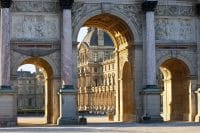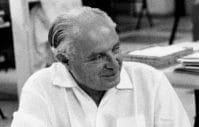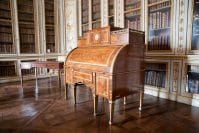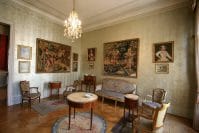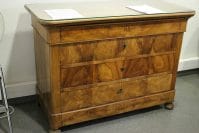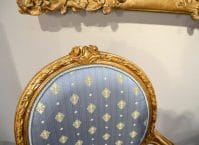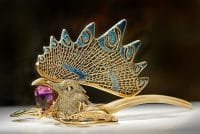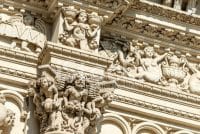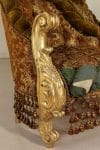Art Deco: History, Characteristics and Curiosities
When we talk about the Art Deco definition, we say that it was certainly one of the most influential decorative styles in the first half of the 20th century. First appeared in France in the XNUMXs taking its name fromExposition Internationale des Arts Décoratifs et Industriels Modernes of 1925.
Art Nouveau and Art Deco are both artistic styles that emerged in Europe in the late 19th century and early 20th century, but they differ significantly in their aesthetic and conceptual approaches.
How Art Deco was born and how to recognize it
Art Nouveau focuses on organic and decorative forms, Art Deco prefers geometric lines and a more modern sensibility. Both styles had a significant impact on 20th century design and art, influencing many creative fields.
After its debut in Paris, the Art Deco style quickly became accepted around the world, drawing from diverse sources and spanning various disciplines, from the visual and decorative arts to fashion, architecture, filmography and product design. Although it was the most popular movement in the period between the two world wars, it was not recognized as a movement in its own right until the 1960s and some art historians to this day debate whether the Art Deco movement existed as such and whether it should be identified as a distinct style.
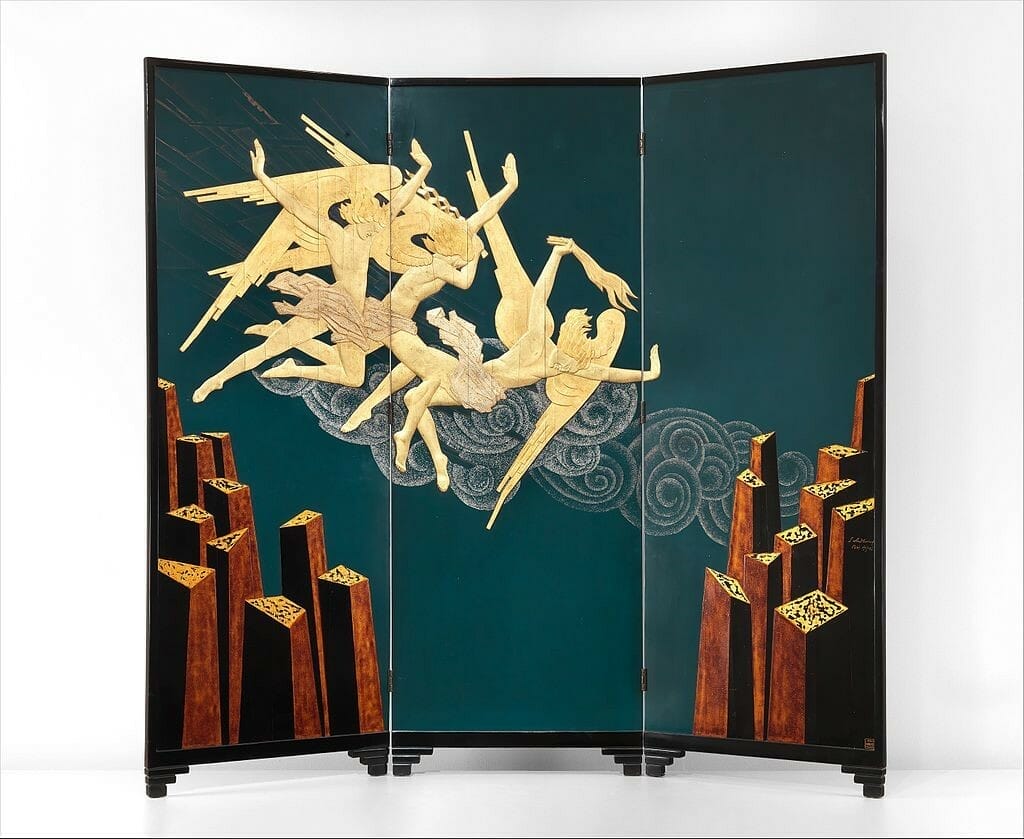
Art Deco as a movement seems to be exactly what the 20s needed, this is because it was not something that suddenly appeared on the art scene, but a movement that had been in the making for years. After World War I, it represented a time when people, particularly European ones, and even more so wealthy ones, had the chance to think about the future.
From this it arises a poignant and aggressive desire to shed the past and embrace the future in all its man-made, machine-driven glory. Art Deco was a short-lived movement, since less than 20 years passed from its birth before the outbreak of the Second World War, but during this period it influenced and spread throughout the world.

At the beginning of the 20th century, theArt Nouveau, born of the Arts and Crafts movement, was one of the most popular styles. Based on organic forms and nature, Art Nouveau was much more elaborate than Art Deco, but it was what Art Deco had its roots in. Without Art Nouveau, it is possible that the Roaring Twenties would have been very different.
The movement was born in 20s Europe, more precisely in 1925, when the Exposition Internationale des Arts Décoratifs et Industriels Modernes was held in Paris. Spanning nearly 60 acres in the heart of France, the exhibition lasted six months. During that time, more than 16 million people have passed through to see the works of more than 15.000 artists, architects and designers alike. The exhibition catapulted the movement into the mainstream and had a major impact on the movement's trajectory.
Although Europe was the cradle of Art Deco ideals, the United States was probably the place where the movement made the most progress.
Art Deco coincided with a huge surge in growth in the United States, where it was used in a number of major architectural works and became an emblem of the modern city, as did skyscrapers in the same period. When it was completed in 1930, the Chrysler Building in New York, designed by architect William van Alen, became the pinnacle, literally, of the Art Deco style.
The building's crown of bright, radiant triangles imitates the sun rising over the city. Its long lines and smooth curves emphasize its height, punctuated by gargoyles that streamline severely and looked more like a car hood ornament than traditional gargoyles, all adding up to an emblem of Art Deco architecture.
The characteristics of Art deco
The use of geometric shapes and symmetrical compositions, as well as the combination of fine art and craftsmanship, is what brought Art Deco closer to the aesthetics of the Bauhaus school of design. However, these two movements were on opposite sides of the modernist spectrum with the Art Deco movement focusing on luxury objects and extravagant ornamentation which opposed the Bauhaus's purist, simple geometric forms and orientation towards utility and efficiency in life modern.
Art Deco is also often compared to Art Nouveau as its precursor. But although both movements are strongly influenced by artistic tradition and sumptuous ornamentation, there are many differences between these two influential styles since the beginning of the last century. The most obvious one is certainly the treatment of shapes and lines. Art Deco, as a design movement inspired by industrialization and technical progress, incorporated bold geometric patterns in symmetrical arrangements, bright, contrasting colors, and used a variety of modern materials from aluminum to stainless glass and steel to plastic.
On the other hand, Art Nouveau mainly focused on the natural environment, and designers and artists working in this style sought to harmonize modern objects with more natural forms. As a result, they often used wooden materials and the shape of metal and glass was more sinuous, inspired by designs featuring organic shapes such as flowers, vines, leaves, insect wings or feathers.
And mobili
And mobili Art Déco they are often meticulously crafted using exotic woods, materials and lacquers. The artisanal technique involves inlays of exotic woods such as ebony, zebrawood and rosewood. Secondly, the pieces are often lacquered with Japanese lacquer to give a dazzling shine.
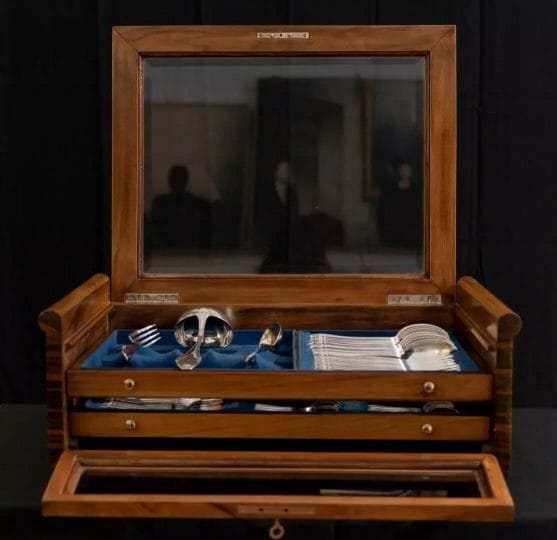
Once finished, they are formed geometric designs such as zigzags, animal shapes, stars, sun rays and floral patterns. Based on the designer's vision, extra embellishments are often added, such as ivory and mother-of-pearl inlays. This inlay decorated every type of furniture from coffee tables to sideboards, from dining tables to toilets. Another eye-catching quality of the design style is the addition of materials such as snake, shark or zebra skin on furniture, seats and common household items.
When it comes to Art Deco seating, standard elements include fur, animal skin, snakeskin upholstery, chromed or yellow galvanized stainless steel, veneered or lacquered wood, and geometric curves. A legendary example is the French Club chair; a padded chair, with a stainless steel base and armrests made of streamlined or flat curves.
Painting
Painting in the interwar period it's very difficult to define simply because there were so many avant-garde movements. Almost all modernist artists of the time were tainted with semi-abstraction. Let's just think of movements such as Cubism, Fauvism and Expressionism. Some of the artists who adhered to these avant-garde isms occasionally incorporated traits that we now consider to be typically art deco. For example, the stylized and elongated angular figures.
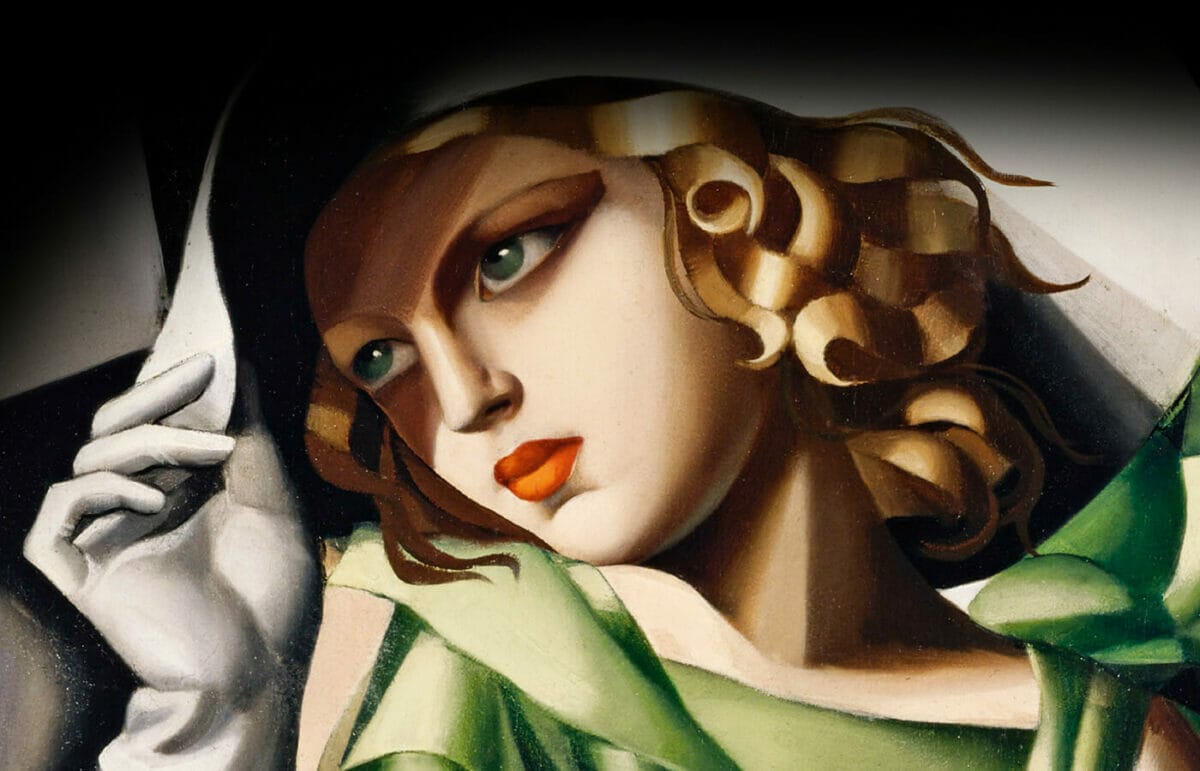
When we think of Art Deco paintings within this vortex of influences, we also include decorative illustrations and see posters and advertisements, rather than fine art painters and sculptors.
But there are some artists who fit comfortably into the Art Deco painters box. One is French Jean Dupas and the talented Polish girl Tamara de Lempicka, art deco painter of women in particular and portraits in general. Others were Raphael Delorme, Jean Gabriel Domergue, René Buthaud and Robert Eugène Poughéon.
The war propaganda poster and the geometric simplification of mass-produced objects in turn influenced the art of the time. The lines here are stylized to almost the same extent as Japanese woodblock prints, which themselves fascinated some Impressionists decades earlier.
Tamara Lempicka's Portrait of Prince Eristoff summarizes this stylized way of composing an oil painting in the spirit of art deco.
Objects
Many pieces such as clocks, radios and other common household items are also made in the design Art Déco.
The main features to look out for in these Art Deco pieces are bakelite, semicircles, soft lines and soft color palettes consisting of red, green, orange, yellow, white and black hues. The obsession with Bakelite began because of its rigidity, heat and electrical resistance, in fact real Bakelite is robust and durable with a shiny, scratch-resistant surface.
Art Deco artists and works
Art Deco produced numerous artists and iconic works that helped define this artistic movement. Here are some significant examples:
- Tamara de Lempicka:
- Representative works: “La Bella Rafaela”, “Self-portrait in Bugatti green”, “Girl with gloves”.
- Erté (Romain de Tirtoff):
- Representative works: Series of illustrations for Harper's Bazaar, costumes for theater and film.
- Amedeo Modigliani (although his style overlaps more with Art Nouveau):
- Representative works: “Portrait of Jeanne Hébuterne”, “Portrait of Lunia Czechowska”.
- Paul Poiret:
- Representative works: Innovative fashion designer, famous for introducing the “Girotondo” silhouette and for his bold creations in the field of fashion.
- Jean Dunand:
- Representative works: Artist specializing in metalwork, known for his extraordinary works in lacquer and metalwork, such as decorative panels, vases and furniture.
- Louis Süe and André Mare:
- Representative works: Collaborators known for their work in architecture and interior design, such as the decor of the Champs-Élysées theater in Paris.
- Rene Lalique:
- Representative Works: Famous jewelry and stained glass designer, known for his glass, crystal and enamel works of art.
- Tamara Karsavina:
- Representative works: Russian ballerina associated with Sergei Diaghilev's Russian Ballet, often portrayed in Art Deco style.
These are just a few of the significant artists associated with Art Deco and their most recognized works. Art Deco had a significant impact on many artistic fields, including architecture, fashion, decorative arts, and visual arts.
Images
https://commons.wikimedia.org/wiki/File:Lounge_Library_with_Modern_Classic_Furniture.jpg
Karl Oblique, CC BY-SA 4.0 https://creativecommons.org/licenses/by-sa/4.0, via Wikimedia Commons
https://commons.wikimedia.org/wiki/File:%22Fortissimo%22_MET_DP292823.jpg
Jean Dunand, CC0, via Wikimedia Commons

